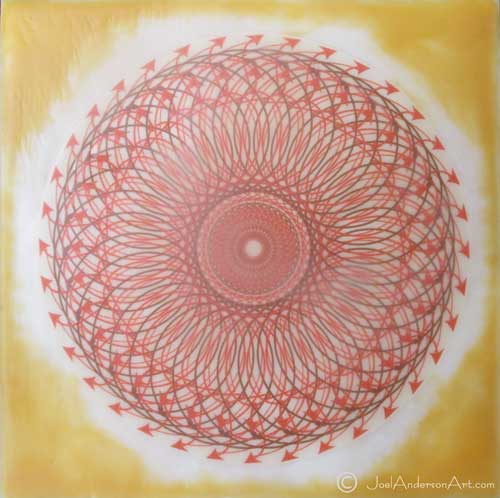
 As a kid growing up in the 60-70s I of course had a Spirograph set. Who could resist making those beautiful geometric patters?
As a kid growing up in the 60-70s I of course had a Spirograph set. Who could resist making those beautiful geometric patters?
The reality was yes, you could draw some spectacular shapes, but a) you had to have a reliable set of color pens; b) you could not let the gears slip; and c) even if everything went great you were still left with artwork that had pinholes stuck through it. Yes, my quest for perfection and critique were evident even back then.
So with today’s graphics programs, shifting gears, blotchy pens, and pinholes are a thing of the past.
On my home computer I had an old copy of Macromedia Fireworks for manipulating the graphics of the websites I maintained over the years. But a Google/YouTube search for how to make spirographs — or technically guilloché — predominantly utilized Adobe Illustrator. I decided I would sign up for Adobe’s 30-day free trial of their Creative Cloud suite which includes Photoshop and Illustrator. (I also had to upgrade my PC’s OS as I learned Vista is not a supported platform.)
Based on my koi encasement from one of my test pieces, I didn’t think I would have any problems. Oh no, there was plenty still to learn.
From a base of watercolor paper on plywood I put down a few smooth layers of encaustic medium and then colored the edges. My intent was to have the color just approach the graphic.
The guilloche I printed on plain printer paper with my inkjet printer, cut around the graphic carefully with scissors and then burnished into the wax. Then I started up the heat gun to fuse.
You’ll notice the wax running on top of the graphic on the upper left and bottom left, and running under the graphic on the right side. Grrr.
Another problem with this was that the paper was curling up at points along the edge. My attempts to deal with that problem only made things worse. Chalk another one up to lessons learned.



